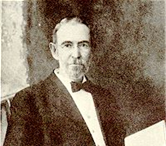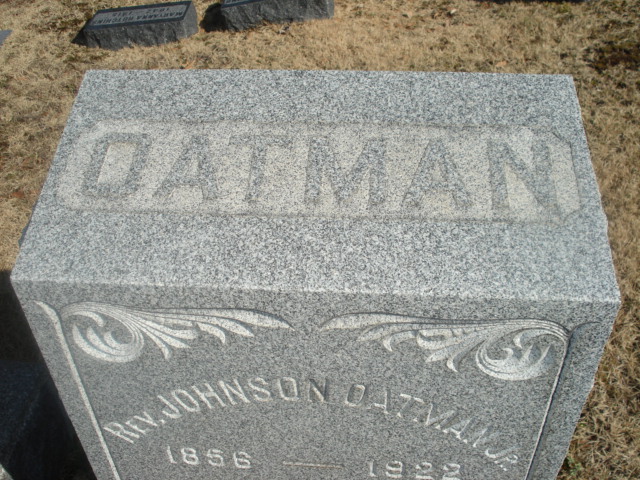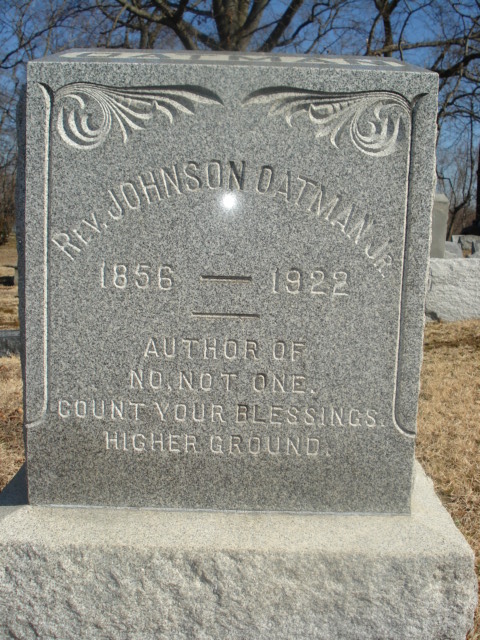Hymn History: No Not One & Author: Johnson Oatman Jr.
“’No, Not One’ was written in 1895. Composer George Hugg wrote the music the same year. The hymn was so popular it was published in 35 hymnbooks within a year. The song stresses the preeminence of Jesus: ‘There is not a friend like the lowly Jesus/ No, not one! No, not one!’”
(Joanne Sloan)
The Origin of the Hymn “No, Not One”
Hymns often become beloved not only because of their musical beauty but because they express timeless spiritual truths in a way that ordinary believers can grasp and remember. Such is the case with “No, Not One,” a gospel song that has endured for more than a century. Its refrain—“Jesus knows all about our struggles, He will guide till the day is done; there’s not a friend like the lowly Jesus, no, not one! no, not one!”—continues to offer encouragement to congregations around the world. The story of its origin reveals both the gifted writer who composed it and the revival spirit that shaped its message.
Johnson Oatman Jr.: The Author
The hymn’s text was written by Johnson Oatman Jr. (1856–1922), one of the most prolific American gospel hymnwriters of the late nineteenth and early twentieth centuries. Born in New Jersey, Oatman grew up in a Christian home where music played an important role. His father was known locally for his strong singing voice, and young Johnson inherited a love for song.
Oatman entered business as a merchant and later worked in the insurance industry, but his true passion was hymn writing. Though he never became a full-time minister or musician, his contributions to gospel hymnody were remarkable. Over his lifetime, he wrote more than 5,000 hymn texts, many of which were set to music by leading composers of his day. Among his most enduring are “Count Your Blessings,” “Higher Ground,” and “No, Not One.”
George C. Hugg: The Composer
The music for “No, Not One” was supplied by George C. Hugg (1848–1907), a gospel composer and choir director from Philadelphia. Hugg wrote thousands of gospel tunes during his career, many of which were paired with texts from popular writers like Oatman. His gift for crafting memorable, singable melodies made his music well-suited for revival meetings, Sunday schools, and camp gatherings.
When Hugg received Oatman’s text, he composed the tune and refrain that gave the hymn its enduring power. The repeated “no, not one!” at the end of each stanza became a musical anchor, driving home the central message of Christ’s unique friendship.
The Message of the Hymn
“No, Not One” was first published in 1895. Its message is simple but profound: there is no friend like Jesus. The hymn emphasizes Christ’s sympathy with human struggles, His willingness to forgive, and His promise to guide believers until life’s journey is complete.
The structure of the hymn alternates between the stanzas, which highlight aspects of Christ’s character, and the refrain, which reinforces the declaration that no one else compares to Him. The hymn makes use of repetition, a common feature of gospel songs of that era, to make the truth memorable and accessible.
Its theology is grounded in the personal relationship between the believer and Christ. At a time when revival preaching often emphasized Jesus as Savior and Friend, Oatman’s hymn gave worshipers words to express that personal devotion.
Use in Revival and Worship
The late nineteenth century was a golden era for gospel hymnody. Songs like “No, Not One” were designed for easy congregational singing, often with simple refrains that could be learned quickly. They were widely used in revival meetings, camp gatherings, and Sunday schools, where the emphasis was on heartfelt expression rather than formal liturgy.
Because of its accessibility, “No, Not One” spread rapidly through hymnals and songbooks. Evangelists and traveling singing groups carried it across the United States and abroad. Its message of Christ’s companionship in life’s struggles made it especially meaningful to ordinary people facing hardship.
Reception and Legacy
From its publication in the 1890s, the hymn gained a firm place in Protestant hymnals. While some critics dismissed gospel songs of this style as too sentimental or repetitive, many believers embraced them wholeheartedly. The hymn’s popularity endured well into the twentieth century, and it remains in print in numerous hymnals today.
One reason for its staying power is its universal appeal. The hymn does not dwell on theological complexities but offers a simple assurance: Jesus is the believer’s truest friend. This message has transcended cultural and denominational boundaries, making it a staple in churches ranging from rural congregations to urban revival centers.
Related
Sorry, no records were found. Please adjust your search criteria and try again.
Sorry, unable to load the Maps API.


